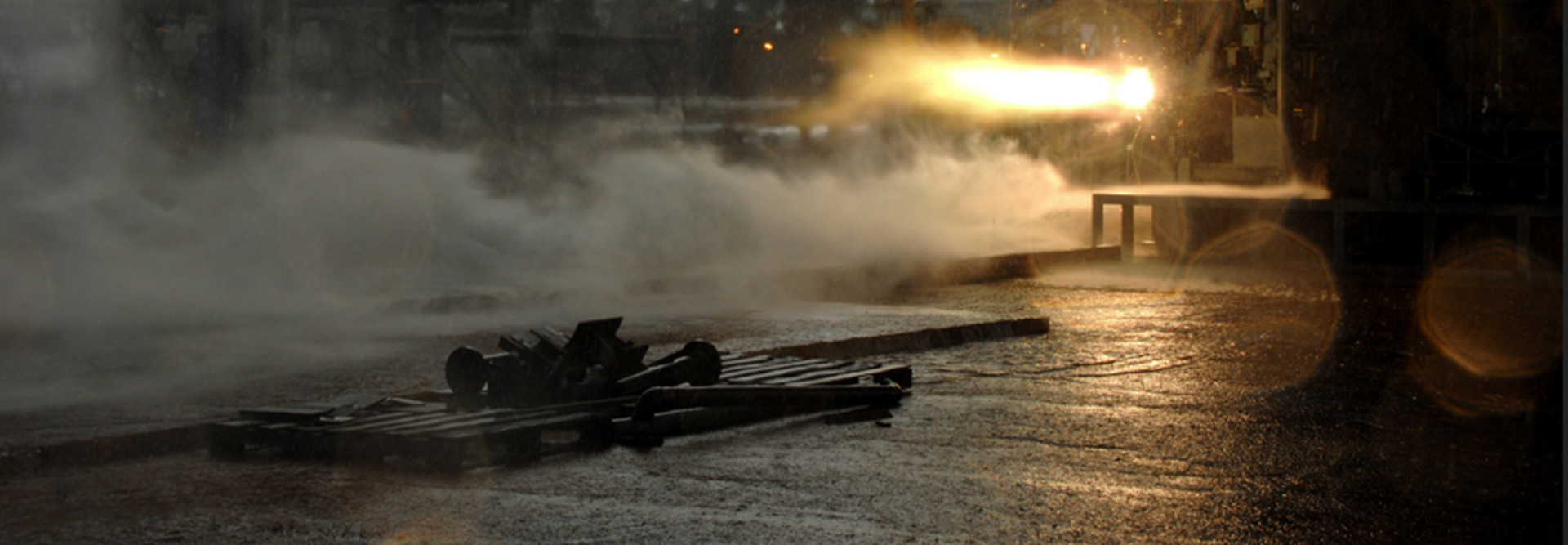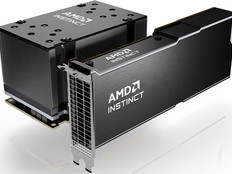Can 3D Printers Build NASA Rockets?
When it comes to 3D printing, NASA has proved all things are possible.
The space agency successfully demonstrated that its largest rocket engine component can be constructed using additive manufacturing, or 3D printing. NASA tested a component of the engine called the injector, which delivers the liquid oxygen and gaseous hydrogen that powers the engine and provides the force needed to propel a rocket into space.
The fabricated injector not only passed the test but also “produced 10 times more thrust than any injector previously fabricated using 3D printing,” NASA said in a statement.
"This successful test of a 3D printed rocket injector brings NASA significantly closer to proving this innovative technology can be used to reduce the cost of flight hardware," said Chris Singer, director of the Engineering Directorate at NASA's Marshall Space Flight Center in Huntsville, Ala.
NASA isn’t the only government agency exploring the benefits of 3D printing. The Navy is compiling a list of high-demand items that could be manufactured by 3D printers. The United States Postal Service inspector general projects the growing 3D printing market could generate millions in revenue for the Postal Service.
NASA will release test and materials data from the demonstration to the Materials and Processes Information System database for all U.S. companies to view. Marshall Space Flight Center’s materials and processes laboratory manages the database.
Rocket parts aren’t the only items NASA is looking to manufacture. The agency is also exploring options for printing food for long-duration space missions.
Lowering the Cost of Space Travel
Reducing the cost of space flights depends on NASA’s ability to lower the cost of hardware that supports those flights. One of the keys to that effort is reducing the number of parts needed to build hardware.
NASA noted that the 3D-printed injector had just two parts, compared with a similar injector it tested that had 115 parts. “Fewer parts require less assembly effort, which means complex parts made with 3D printing have the potential for significant cost savings,” NASA explained.
The agency modified the design of an existing injector so that it could be manufactured using a 3D printer, said Brad Bullard, the propulsion engineer who designed the injector. Doing so allows NASA to compare the performance of a traditional injector and a 3D-printed injector.
Here’s a short video of the 3D-printed injector in action.









